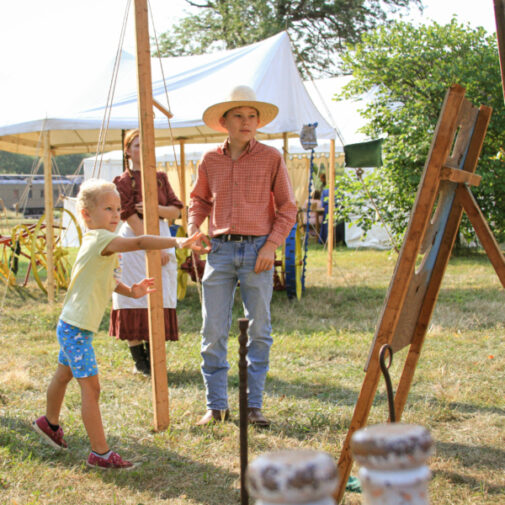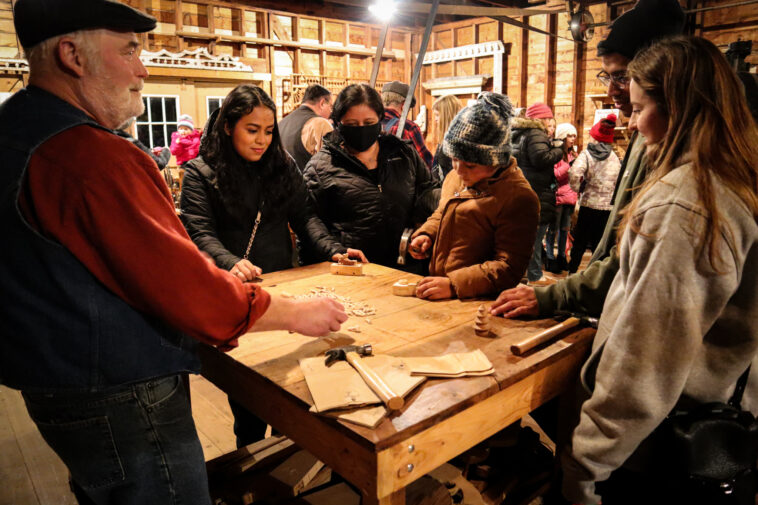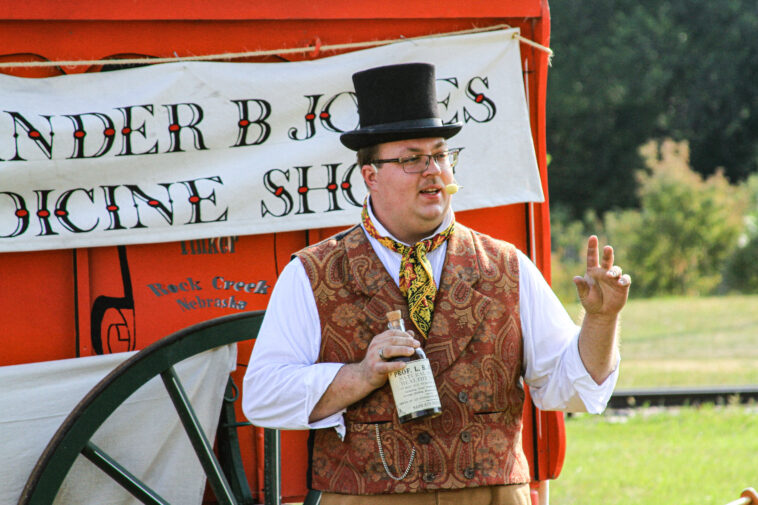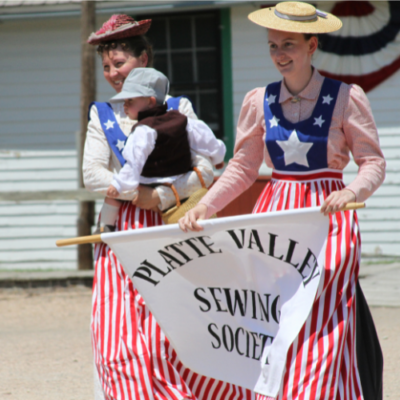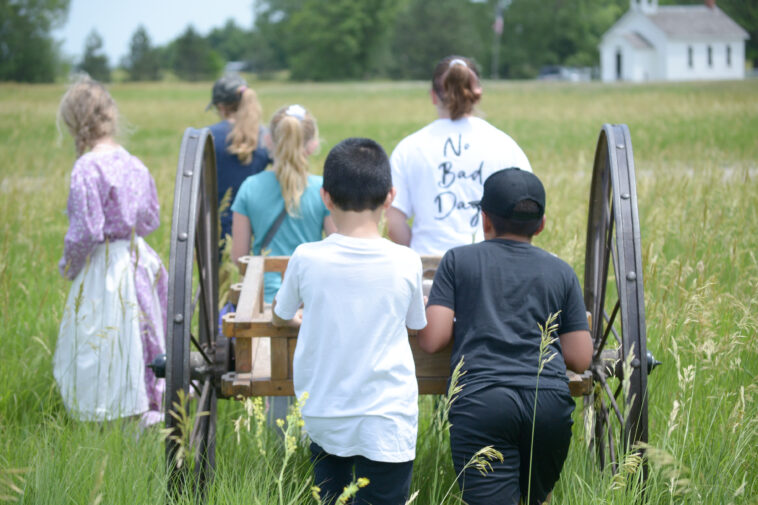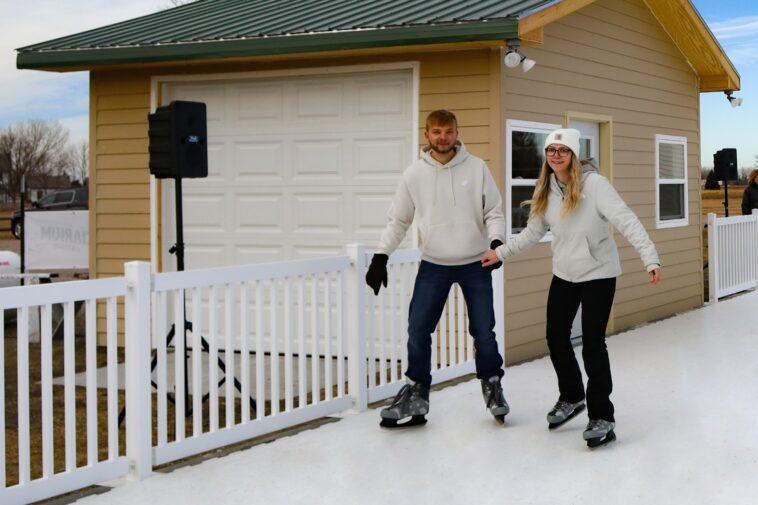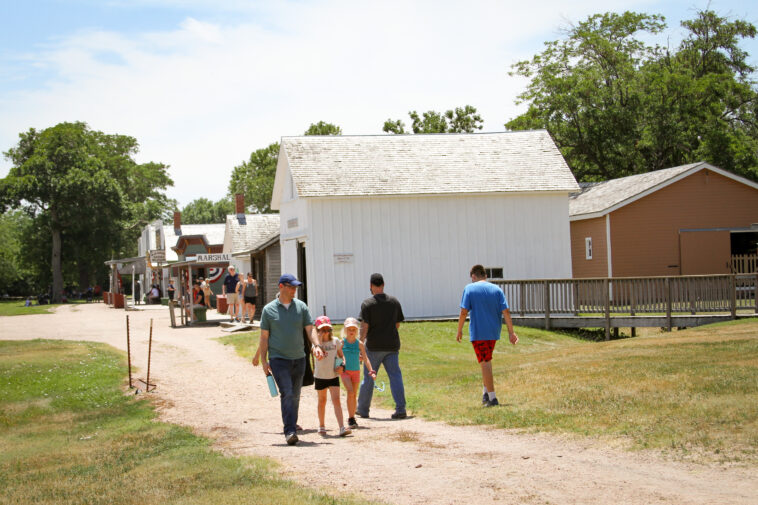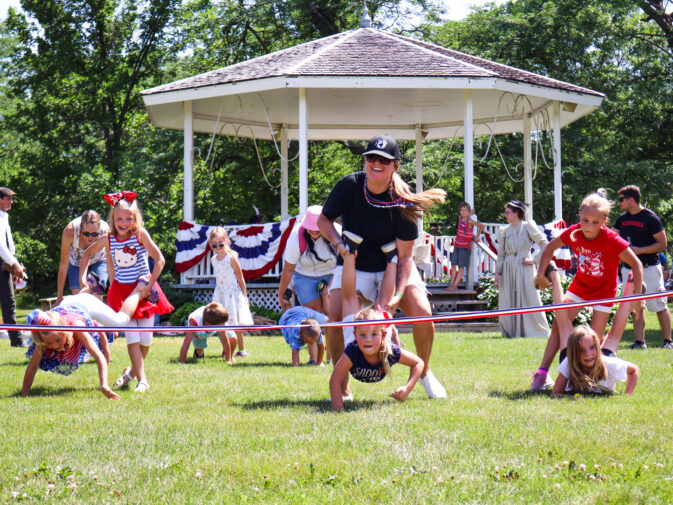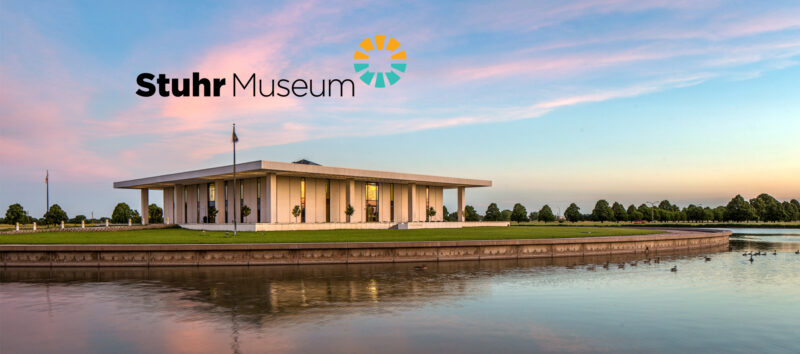
Our Story
Welcome to Stuhr Museum!
Stuhr Museum is a humanities organization that welcomes visitors of all backgrounds to pursue the story of our collective human experience. Your story is our history. We strive to collect and share the diverse perspectives of the past, connect them to the present, and create a more inclusive future.
Our Mission
To share the collective human experience of community building along the Platte River Valley.
Our Founder
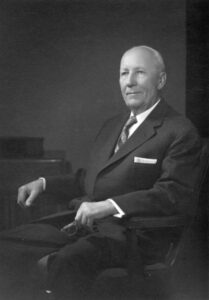 Leo Stuhr was the son of Peter and Anna Stuhr, pioneer settlers of Hall County. His father, a native of Holstein, Germany, was among 32 German immigrants and five Americans who became the first permanent settlers of Hall County in July of 1857. The Stuhr farm was located about one-half mile east of the present city of Grand Island in Section 14, Washington Township.
Leo Stuhr was the son of Peter and Anna Stuhr, pioneer settlers of Hall County. His father, a native of Holstein, Germany, was among 32 German immigrants and five Americans who became the first permanent settlers of Hall County in July of 1857. The Stuhr farm was located about one-half mile east of the present city of Grand Island in Section 14, Washington Township.
Leo Stuhr graduated from Grand Island High School in 1897, and from the University of Nebraska in 1901, where he majored in chemistry. After college, he became a chemist for the American Crystal Sugar Company’s beet sugar processing factory in Grand Island, and later he served in management positions with beet sugar. In 1908, he returned to Grand Island and Hall County where he took over the management of his family’s farming interests.
He served in Nebraska’s House of Representatives from 1917-1918, and became the state’s first Secretary of Agriculture in 1918. In 1930, he was appointed to the Federal Farm Board by President Herbert Hoover, and was active in setting up commodity marketing organizations.
The Beginning of Stuhr Museum
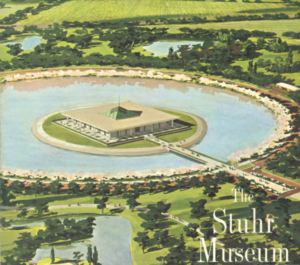 Leo Stuhr was vitally interested in the history of Hall County, and was a founder of the Hall County Historical Society. In 1960, Stuhr announced that he would donate $25,000 and 35 acres of land on which to build a county museum, provided two conditions were met. First, $75,000 had to be raised by public subscription, and second, voters had to approve a mill levy providing for the permanent maintenance of the museum by the county. Both of these goals were achieved, and in 1961 the Hall County Board of Supervisors created a museum board with Stuhr as president of the board. After his death in that same year, Stuhr’s will revealed that he had bequeathed one-half million dollars in cash and property to Hall County for the museum project.
Leo Stuhr was vitally interested in the history of Hall County, and was a founder of the Hall County Historical Society. In 1960, Stuhr announced that he would donate $25,000 and 35 acres of land on which to build a county museum, provided two conditions were met. First, $75,000 had to be raised by public subscription, and second, voters had to approve a mill levy providing for the permanent maintenance of the museum by the county. Both of these goals were achieved, and in 1961 the Hall County Board of Supervisors created a museum board with Stuhr as president of the board. After his death in that same year, Stuhr’s will revealed that he had bequeathed one-half million dollars in cash and property to Hall County for the museum project.
A temporary version of the museum opened in May of 1962 in downtown Grand Island in a building located at Second and Wheeler Streets with exhibits containing donated items from individuals as well as the Hall County Historical Society. At the same time, Edward Durrell Stone had been hired to design a permanent museum. Stone’s world-renowned designs include the Museum of Science at the Rockefeller Center, the John F. Kennedy Center for Performing Arts in Washington, D.C., and the United States Embassy in New Delhi, India, among others.
The permanent museum was originally planned for the Stuhr Farm location east of Grand Island, however it was announced that a meat-packing plant was being built nearby, which caused the museum site to be relocated. The county board purchased land at the present location for the museum to be built, located at the intersection of Highways 34 and 281. A portion of this land became Hall County Park, with the remaining 200 acres becoming Stuhr Museum.
Stuhr Museum TODAY
Today, Stuhr Museum is known for providing immersive historical, educational, and cultural experiences. As a humanities-based organization, the museum provides visitors with programming and activities that encourage understanding for one another and for their communities. For example, as visitors walk through our historic Railroad Town, they will talk with living historians who share their stories, as well as ways that the entire town works together in order to not just survive, but also thrive. When students come to Stuhr Museum for field trips, they might learn about the Pawnee and how they worked together to hunt and grow crops in order to feed the tribe over the cold winters.
Community is a central theme at the museum, as is evidenced not only by physical locations such as the town, but also groups such as the Railroad Town Sewing Society, a group of women that come together through shared interests. Stuhr Museum is fortunate to have a strong community of volunteers who give their time to help improve the visitor experience, help in the research department, and assist with various activities throughout the year. When you visit Stuhr Museum, you become part of our community, too, because we understand that history is ongoing, and your story is part of our history.

